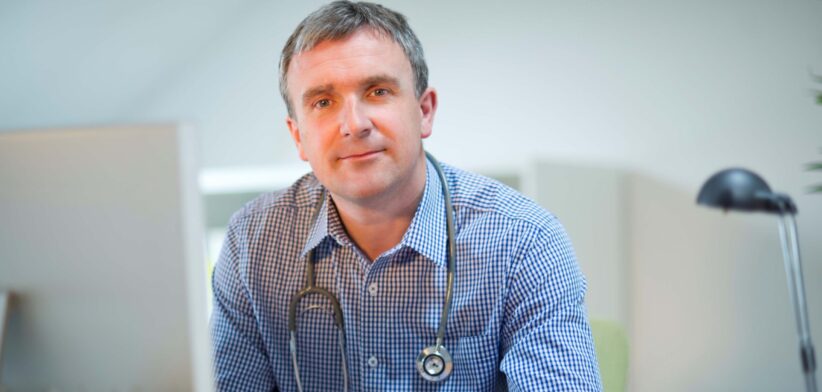Australia is facing a shortfall of more than 5000 general practitioners in less than 10 years, with a peak body for doctors calling for action to address the shortfall.
Australian Medical Association (AMA) President Professor Steve Robson said the Federal Government’s GP workforce report released this week, showed there was currently a shortage of 2460 Full Time Equivalent (FTE) GPs across the country, with predictions the shortage would grow to 5560 FTE by 2033.
Professor Robson said the report backed the AMA’s own data and reinforced the need for the government to ramp up efforts to support and grow the GP workforce.
“We need to rebuild the GP workforce, which must start with training more GPs and supporting them to work in areas of need. This requires a comprehensive policy approach that starts with medical school and expanded access to clinical placements in general practice,” he said.
“There needs to be greater opportunities for doctors to experience general practice early in their career and policy that ensures the number of GP training places each year is based on community need.”
Professor Robson said lifting working conditions for GP trainees to provide parity with their hospital-based counterparts was essential, as this was a key barrier to students entering GP training.
He said innovation in how care was provided in general practice was part of the solution to improving patient access to care, but it needed to be part of a team-based approach, coordinated by a patient’s usual GP.
“Nursing and allied health professionals working with GPs will mean that the right care is provided at the right time by the right practitioner, but we cannot afford to follow failed models from overseas that fragment care, deliver worse patient outcomes and cost the health system more in the long term.”
Professor Robson said long-term solutions to improve access to GP-led care for patients, including in rural and remote areas that have been hardest hit by workforce shortages were needed.
“Training more GPs will require more financial and operational support for general practices and supervisors to train the next generation of GPs and provide medical students and doctors in training with positive experiences.”








